‘It’ll get worse before it gets better’ is a concept we’re often fed when it comes to roadworks.
However, the repairs to the Mancunian Way sink hole this morning may well have pushed Manchester’s traffic system to it’s limit.

Image of Manchester’s traffic at around 8:40 this morning.
The Mancunian Way was subject to a planned closure this morning and will be closed again tomorrow (Tuesday) due to final repairs on the carriageway, following the emergence of a sink hole in August last year.
After the discovery of the sink hole, a temporary closure of both carriageways was put in place, followed by a one-lane contraflow in each direction. This morning, the Mancunian way was completely closed. The Mancunian Way is a key part of the Manchester and Salford Inner Ring Road and carries a high volume of traffic on its elevated sections.

This morning’s closure required motorists making east-west journeys, particularly those involving the M602, A56, A5103 and A34 and A6 and A635, to find alternative routes. However, in an increasingly cycle, bus and tram friendly Manchester, alternative routes are being made more difficult to find.
- Restrictions on traffic at Chapel Street, Lower Mosley Street, Victoria Street/Deansgate (in front of Manchester Cathedral) have been in place for a couple of years now and traffic seems to have navigated around these points;
- The east-west Princess Street is closed due to the construction of the Metrolink second city crossing;
- The north-south Portland Street is now closed to general traffic between Minshull Street and Piccadilly, due to bus improvements. This apperars to put extra pressure on the south-west Whitworth Street and north-west Piccadilly and London Road;
- The restriction on general traffic along Oxford Road north of Hathersage Road began last week, putting extra pressure on Upper Brook Street.
This funnelled more traffic onto the remaining part of the Ring Road which most readers would know as at Trinity Way, which runs north-south and Great Ancoats Street, which runs east-west. Issues here were compounded by additional temporary works at Old Mill Street, where temporary traffic lights limited traffic travelling from the north-west of the city to a single lane.
To make things worse, a landslide caused rail services on the Buxton-Manchester line to be cancelled and a traffic light outage in Trafford Park caused further delays.
As a result, Manchester stood still. TfGm, First Manchester and Stagecoach all reported severe delays to all bus services. Even the largely segregated Metrolink was affected, with delays being reported on the Altrincham and Eccles lines.
Motorists took to twitter to vent and reported queues all the way along the main route in from the west, the M602 and Regent Road. All of inner Manchester, Salford and Trafford’s main routes were backed up to the orbital Moss Lane, Alan Turing Way, Queens Road, Great Cheetham Street, Trafford Road and Frederick Road.
Janak @J999NAK said: “3 hours to drive 8 miles to work this morning. Thank you Mancunian Way and Manchester council.”
Long Tran @longtran took to twitter to add: “ traffic is nuts today. Dont even bother to come in, just work from home!”
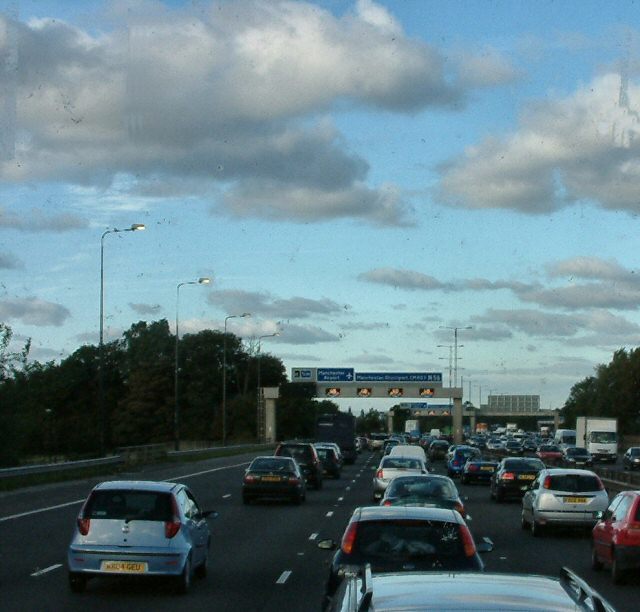
Laura KB @_GirlAboutTown tweeted: “Rubbish start to the week. 3.5 hour trip to take the husband to the station. Why on earth would you close the Mancunian Way on a Monday!”
Ell @ellmcx actually summed up what Urbanitymcr believes in less than 140 Characters: “Manchester actually falls apart when Mancunian Way is shut traffic becomes a madnessss”
traffic becomes a madnessss”
The city’s works on key arteries are helping city centre residents and employees to travel by a wider variety of modes than the private car. This is to be welcomed, in our opinion. However, issues such as the closure of the Mancunian Way or failed vehicles on the Metrolink show how vulnerable transport in Manchester is to coming to a standstill when things go wrong, with little alternative routes.
The Mancunian Way may be a divisive piece of infrastructure, but it works. It carries a lot of traffic around inner South Manchester and in various combinations of ways across and around the City Centre. When it shuts, so does Manchester.
Having our trains and trams at full capacity and our cars and buses lodged in peak time traffic is a sign of Manchester’s economic success. There are simply more people travelling to work, to restaurants, bars, shops and places of study. This is arguably a good thing. However, Manchester needs more investment in transport infrastructure so there are better alternatives when things go wrong.
The Second City Metrolink crossing is an example of this in action, allowing more passengers to travel across the City Centre and allowing more flexibility when issues occur.
But more needs to be done. The network needs to be more dynamic to respond to issues. Temporary suspensions of bus lanes travelling out of the regional centre, smart use of traffic lights and use of information signs on the motorway to direct people to Manchester’s excellent Park and Ride systems could have minimised the disruption.
Some of the blame also lies with Manchester’s motorists. Some of the motorists who travel into or across the City Centre by car need to wake up. Driving isn’t a right.
Manchester is adding hundreds of jobs and homes every year to its constrained city centre. Not all of these people can drive into the City Centre. Think London.
We could build new roads, but they’d just fill up. They’d also be horrendous for our city’s environment and built character. Think Birmingham.
Many people are inextricably tied to their polluting, cash-haemorrhaging machines. Many of these would be surprised, should they try two wheels, the train or the Metrolink for a week and see how their cost-free commute stacks up in terms of time, stress, cost and convenience.
Not everyone’s journeys can be catered for by these transport modes, but for those that can, a simple switch to the Metrolink, the bike or the rails would help.
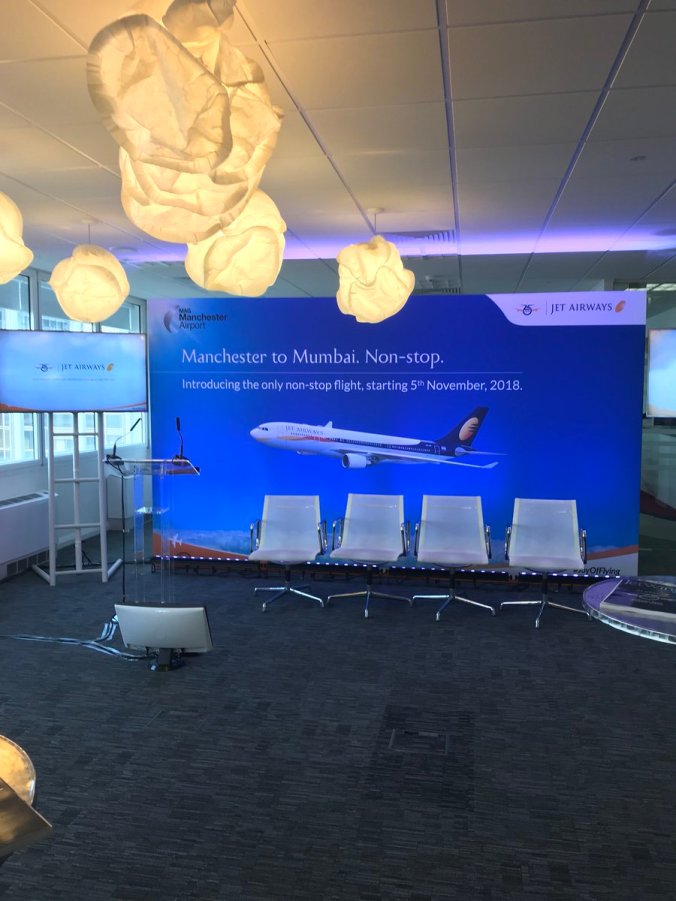
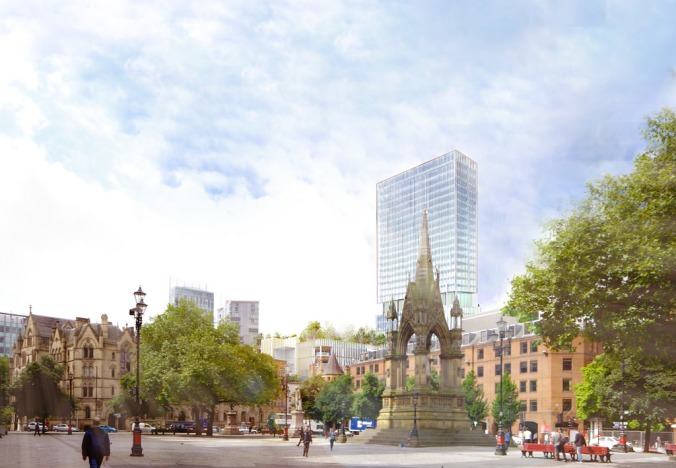
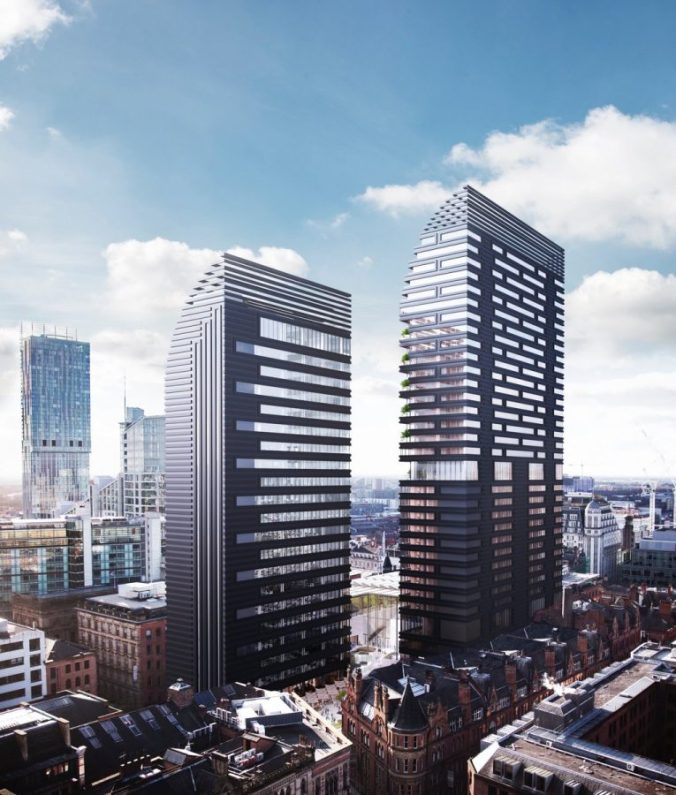
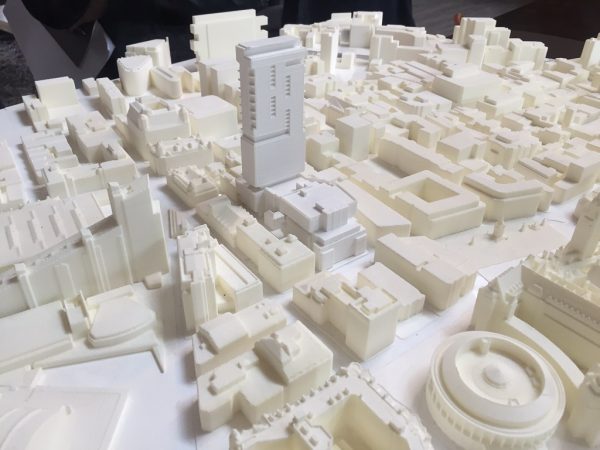


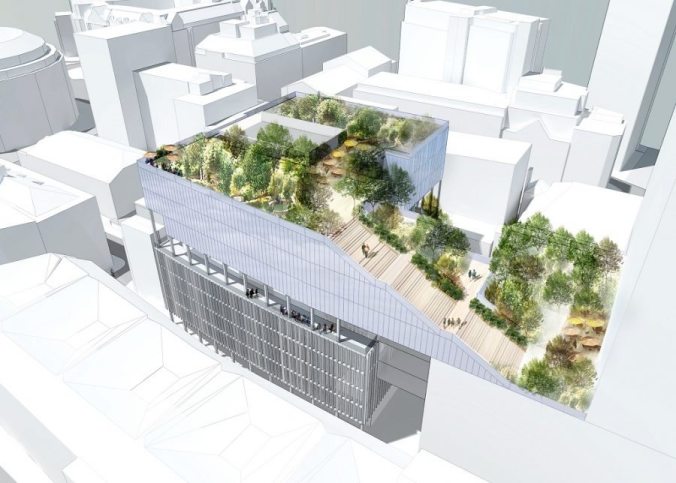


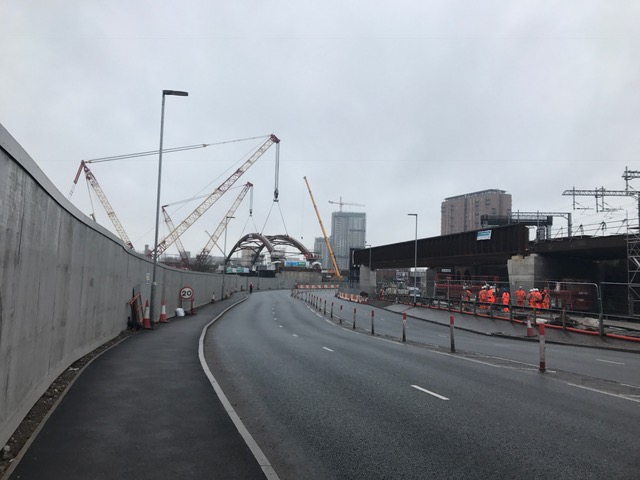
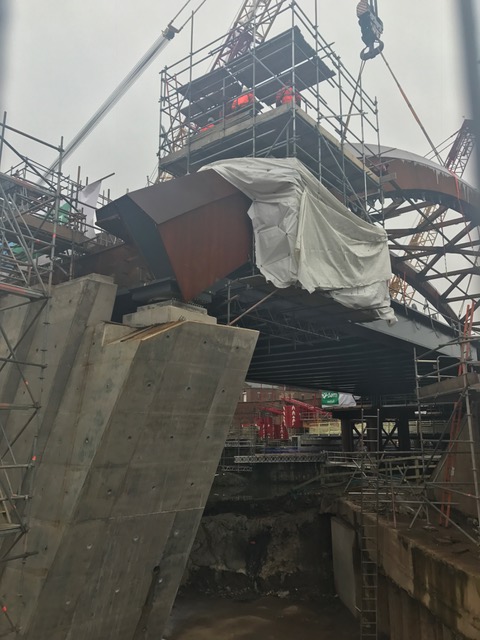


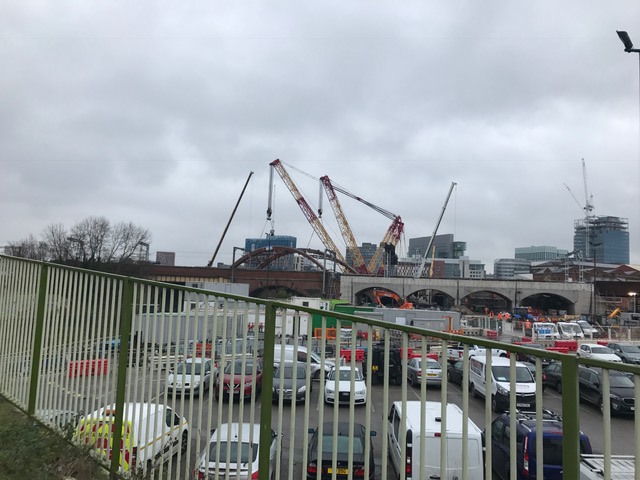



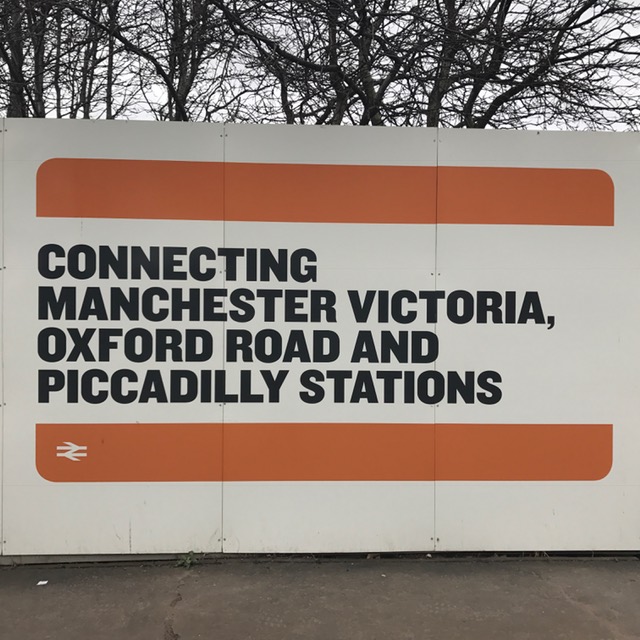
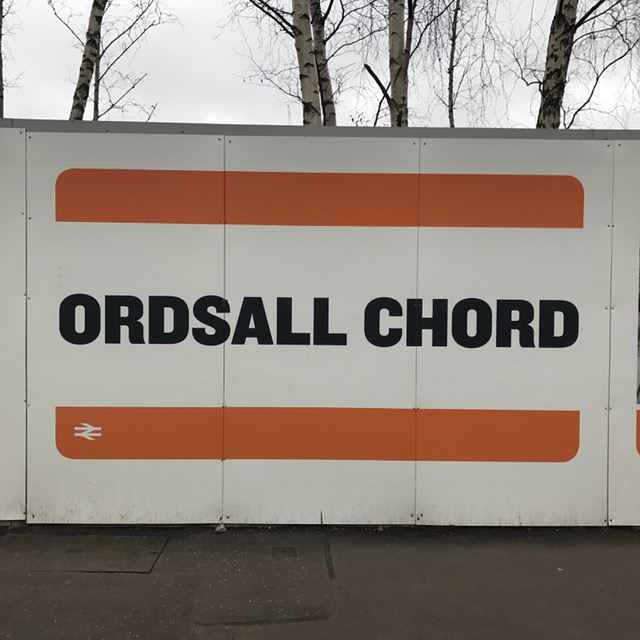




























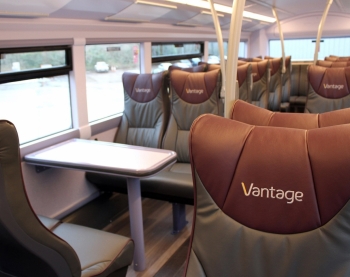

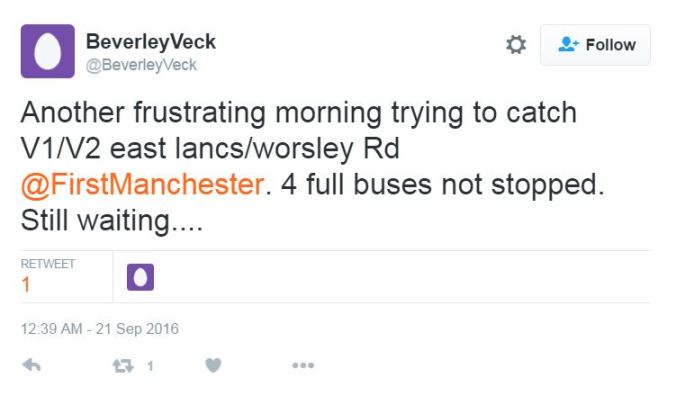
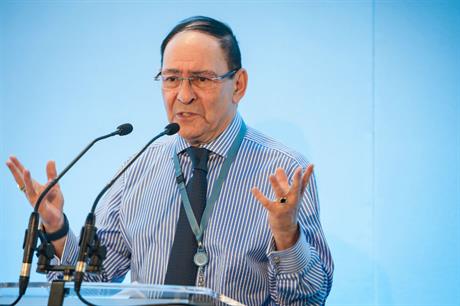



 traffic becomes a madnessss”
traffic becomes a madnessss”